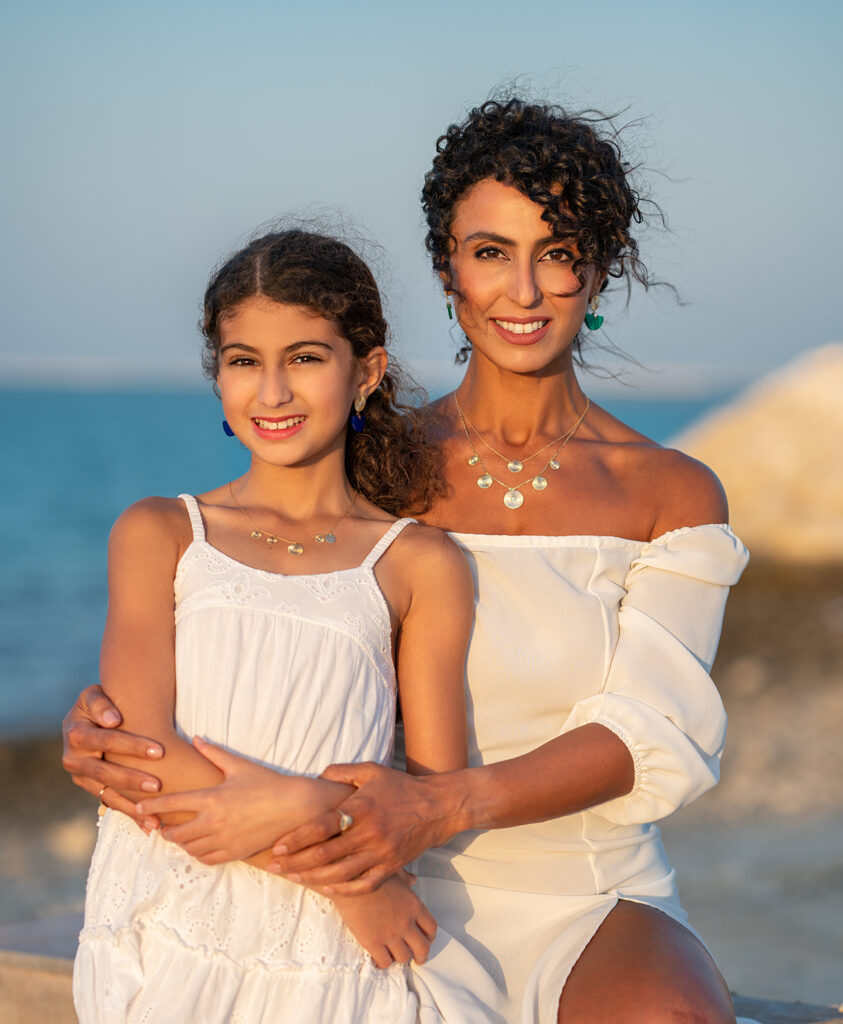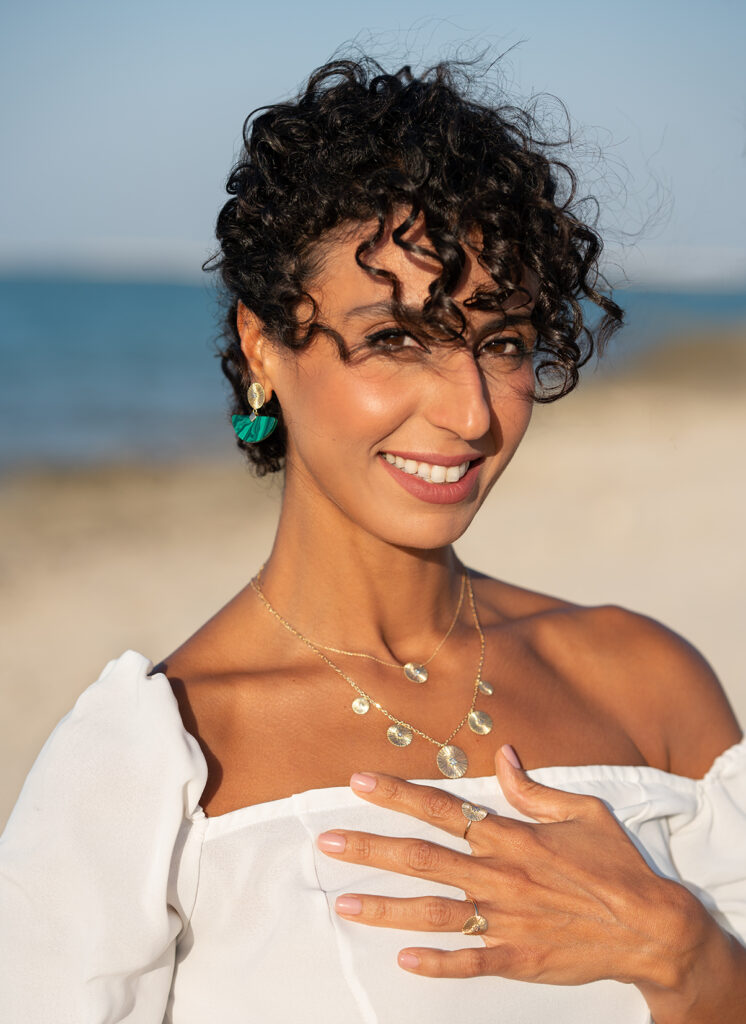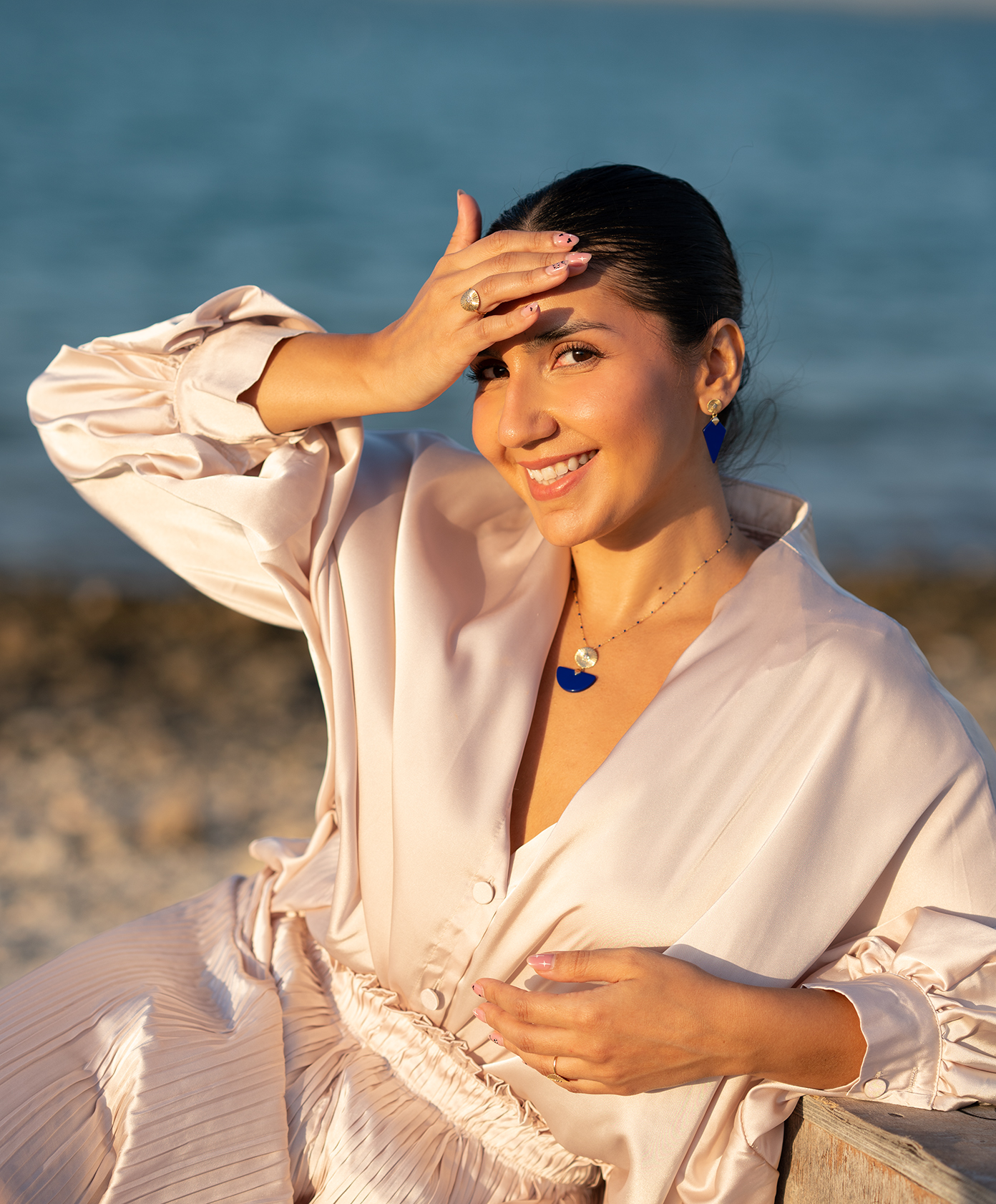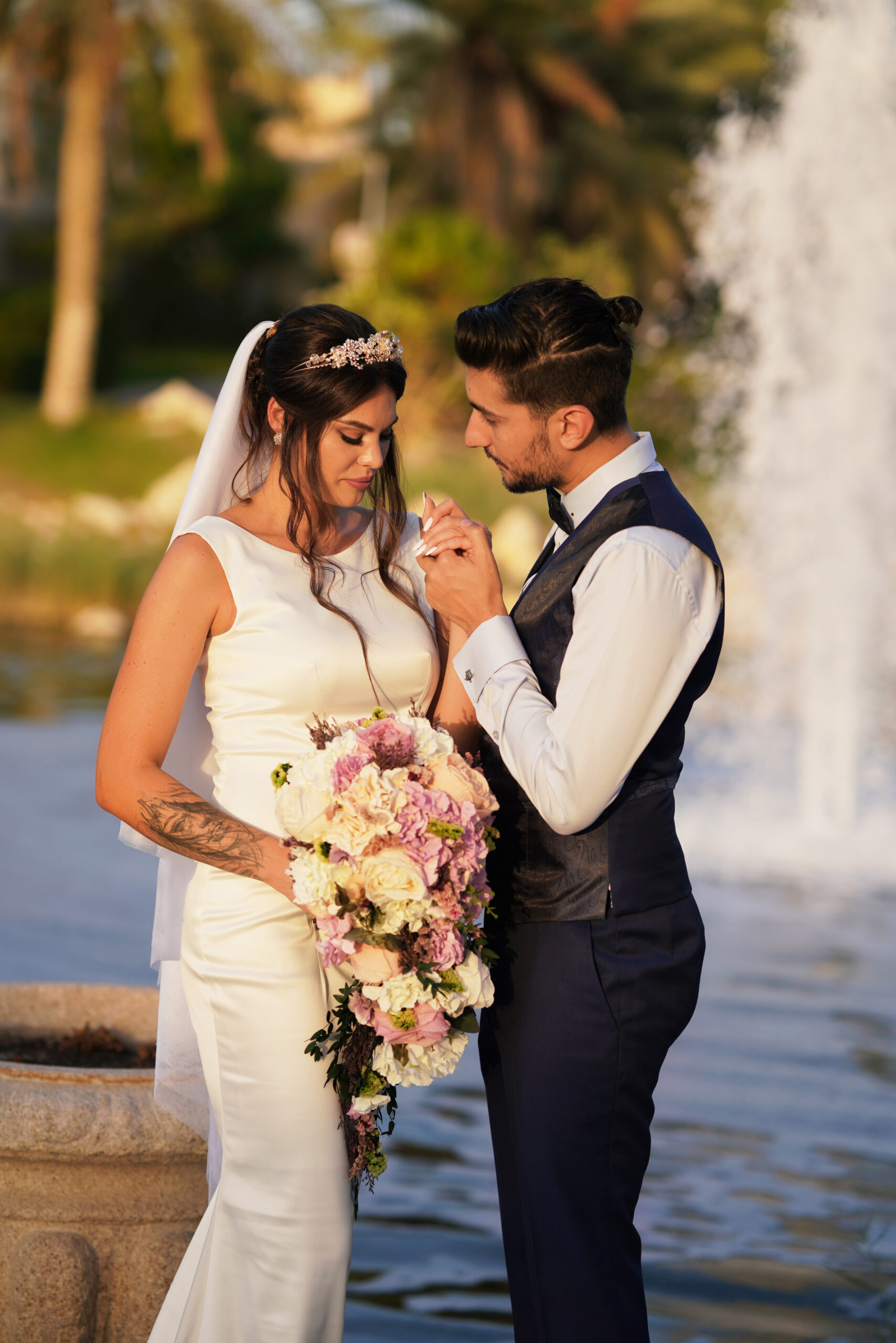Event photography is about more than just pointing a camera at a crowd. It’s the art of capturing the energy, emotion, and key moments that define an experience. As technology and client expectations evolve, the way we capture these moments is changing. To stay relevant and deliver exceptional results, photographers must adapt to the latest techniques and styles shaping the industry.
This post explores the top event photography trends for 2025. We’ll look at new technologies, creative styles, and client-focused services that are setting the standard. You will learn about innovative approaches that can elevate your work and help your business thrive.
Drone Photography: A New Perspective
Ground-level shots are essential, but some events demand a grander perspective. This is where drones, or unmanned aerial vehicles (UAVs), come in. They provide a stunning bird’s-eye view that was once only possible with expensive helicopters or cranes.
Why Drones are a Game-Changer
Drones offer a unique way to showcase the scale and atmosphere of an event. For large outdoor gatherings like festivals, sporting events, or corporate retreats, aerial shots can capture the entire scene in one breathtaking frame. Imagine a sweeping shot over a concert crowd or a dynamic video following runners in a marathon. These images and videos provide a “wow” factor that clients love.
For weddings and private parties, drones add a cinematic touch. A shot of the couple walking through a beautiful landscape or an aerial view of the outdoor reception venue creates powerful, emotional imagery that tells a bigger story.
How to Adopt This Trend
Before you launch a drone, you need to understand the rules. In the United States, commercial drone pilots must be certified by the Federal Aviation Administration (FAA). This involves passing an aeronautical knowledge test and registering your drone. Safety is your top priority. Always be aware of your surroundings, respect privacy, and never fly over large crowds in a way that could pose a risk.
Start with a reliable, entry-level drone equipped with a high-quality camera. Practice flying in open spaces to master the controls before taking it to a paid gig. Learning to pilot smoothly is just as important as knowing how to frame a good shot.
Live Photo Sharing: Instant Gratification
In a world driven by social media, clients and guests want access to photos immediately. Waiting weeks for a gallery is becoming a thing of the past. Live photo sharing services bridge this gap, allowing you to send curated, professionally edited photos directly to attendees’ phones in near real-time.

The Power of Instant Engagement
Live photo sharing transforms event photography from a post-event deliverable into an interactive part of the experience. Guests can receive, share, and post high-quality images on their social media profiles while the event is still happening. This generates organic buzz and expands the event’s reach far beyond the venue walls.
For corporate clients, this is a powerful marketing tool. Branded photo overlays can be added to each image, turning every social share into a promotion for their company. It provides immediate, measurable engagement and content for their own marketing channels.
How to Implement Live Sharing
Several platforms and software solutions are designed for live photo sharing. These systems often work by tethering your camera to a laptop or tablet running the software. As you shoot, you can quickly select the best images, apply a preset edit, and upload them to a live gallery. Guests can then access the gallery via a QR code, link, or text message.
To offer this service, you’ll need a streamlined workflow. It’s often best to have a dedicated team member manage the culling and uploading process so you can focus on shooting. Practice your on-the-fly editing to ensure consistency and quality. This premium service justifies a higher price point, offering a clear return on investment for your clients.
Cinematic Editing: Storytelling Through Style
The line between photography and videography is blurring. Clients are increasingly drawn to a “cinematic” look for their event photos. This editing style moves away from bright, airy presets and embraces mood, emotion, and narrative.
What is Cinematic Editing?
Cinematic editing uses color grading, contrast, and depth to create a film-like feel. Think deep shadows, rich but often muted colors, and a focus on texture and atmosphere. The goal is to make a gallery of photos feel like a cohesive story, with each image acting as a frame in a larger narrative.
This style is especially effective for capturing the emotion of an event. For a wedding, it can enhance the romance and drama of the day. For a corporate conference, it can create a sophisticated and professional feel. It’s about crafting a specific mood that reflects the essence of the event.

Tips for a Cinematic Look
Mastering cinematic editing requires a strong understanding of color theory and post-processing tools like Adobe Lightroom and Photoshop.
-
Color Grading:
Instead of applying a one-size-fits-all preset, learn to use color grading tools to fine-tune highlights, midtones, and shadows. Teal and orange palettes are popular, but the key is to create a look that complements the subject matter.
-
Embrace the Shadows:
Don't be afraid to let parts of your image fall into darkness. Contrast and shadow create depth and draw the viewer's eye to the most important elements of the photo.
-
Tell a Story:
When editing a full gallery, think about the narrative arc. Arrange the images to tell a story from beginning to end, using your editing to create a consistent emotional tone throughout.
Candid and Authentic Moments
While posed group shots still have their place, the demand for candid, unposed photography continues to grow. Clients want to see a genuine reflection of their event, complete with a full range of real emotions and interactions.
Why Authenticity Resonates
Authentic photos capture the true spirit of an event. They document the laughter, the tears, the spontaneous conversations, and the unguarded moments that make an event memorable. These are the images that people connect with on a personal level. For photographers, this means acting as a quiet observer, anticipating moments before they happen.
How to Capture Candid Shots
To master candid photography, you need to blend in. Use a long lens to capture moments from a distance without intruding. Stay aware and watch for interactions between guests. Often, the best shots happen just after a posed photo, when everyone relaxes and their true personalities emerge. Building a rapport with guests is also crucial; a friendly and approachable demeanor will help them feel at ease, allowing you to capture their natural expressions.
Conclusion
The event photography landscape in 2025 is dynamic and exciting. By embracing trends like drone photography, live photo sharing, and cinematic editing, you can offer more value to your clients and set your work apart. Staying competitive is about more than just having the latest gear; it’s about adapting your skills, services, and artistic vision to meet the evolving demands of the market.
Start by exploring one of these trends. Take a drone certification course, experiment with a live sharing platform on a smaller event, or dedicate time to mastering cinematic color grading. By continuously learning and innovating, you can ensure your event photography business not only survives but thrives.



